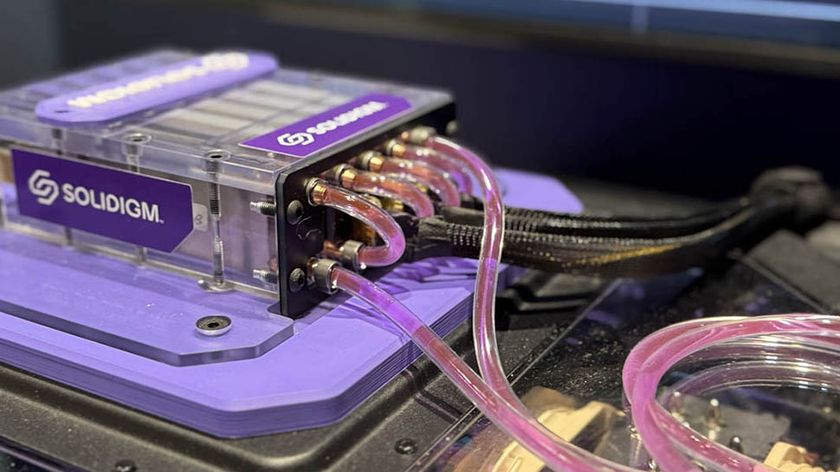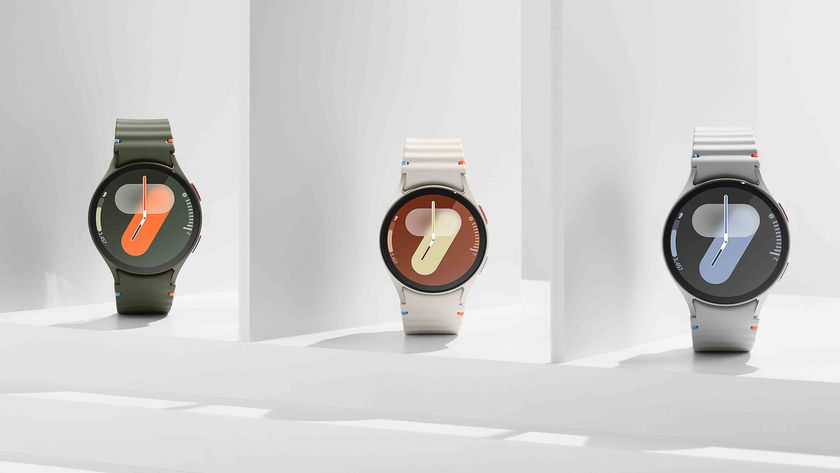AR and VR have potential to become disruptive technologies
Mainstream success depends not only on hardware improvements but also on how much viable content is produced and easily accessible

Virtual reality and augmented reality have been the next new things for the last many years but still have not taken off and will it have the same fate as the short-lived 3D-TV fad.
Industry experts say “no”.
“Mainstream success, however, depends on how much viable content are produced and are easily accessible and not just improvements to the hardware. 3D TVs saw challenges for the very same reason – lack of content – and the perception that 3D was simply an add-on feature but in of itself wasn’t compelling enough value proposition to justify the hike in pricing,” Nabila Popal, senior research manager at International Data Corporation (IDC), told TechRadar Middle East.
Moreover, she said that VR technology is still relatively new and is expected to gain traction in the coming years.
“VR represents a confluence point between entertainment, communication and the internet in a way that only mobile phones have been in recent history,” she said.
However, Akash Balachandran, senior research analyst at IDC, said that AR and VR certainly have the potential to become disruptive technologies due to its numerous potential use cases and relevance beyond mainstream gaming.
Realistic apps are being tested
“We have seen realistic applications currently being tested and used in education (both in schools and for employee training), medicine (exposure therapy and analysing doctor response/performance) and retail (visualisation of retail spaces and in customer experience) to name a few.
Are you a pro? Subscribe to our newsletter
Sign up to the TechRadar Pro newsletter to get all the top news, opinion, features and guidance your business needs to succeed!
“As adoption becomes more mainstream across both consumer and commercial segments and prices (especially for consumer devices) drop further – which have already started, this will in turn cause developers and consumer-facing industry leaders to create more genuine use cases leading to disruptions in the industry, similar to the impact of apps like Airbnb (for hospitality industry) or Uber (for transportation industry),” Balachandran said.
While disruptions caused by VR on a global scale is still upon the horizon, however for this region, Popal said that it may take 3-5 years.
However, she said that VR will continue to face some obstacles as the technology is refined further.
“VC [venture capital] exuberance need not necessarily be indicative of the market performance in technology segments – where innovation in the last decade has become increasingly iterative and incremental. Both the hardware required and the existing software is in their nascence and even presently, most commercial and capable VR headsets are not only quite expensive but also requires a powerful PC and significant setup,” she said.
It is clear that the value proposition for purchasing a VR headset isn’t in the standard consumers' favour currently, she said, but prices are expected to drop significantly over the coming years which will drive adoption and allow for growth in the VR industry landscape.
Plenty of AR apps available for smartphone
The recently released Oculus Quest ($399) is a significant next step in standalone devices by providing immersive visuals at a reasonable cost.
Part of the reason for a growth in the hype related to AR, Balachandran said is undoubtedly due to AR not presently requiring mass adoption of specialised hardware and there are plenty of AR apps already available for the smartphone.
Furthermore, he said the interest in the mainstream has been driven through some compelling apps – like Pokemon Go and Snapchat.
“In many ways, AR in its present state represents a better return on investment in terms of funds spent on marketing and exposure for businesses over VR, especially for current commercial use cases,” he said.
The Middle East and Africa region saw year-on-year growth of 7.1% in the first quarter of this year for AR/VR headsets due to good performance by tethered devices like the Playstation VR which has maintained some mainstream popularity.
Standalone headsets to gain traction
Popal said that screen-less viewers will continue to decline while standalone devices are expected to showcase the greatest growth by a significant margin, especially with devices like the Oculus Quest being well received.
With 5G coming in, she said that it will help commercial use cases first with VR.
However, she said that eventually, with significantly higher bandwidth as well as virtually no lag, 5G will aid VR growth as a communication device – this is particularly notable with Facebook owning Oculus and HTC with its Vive.
Furthermore, she said that 5G has the potential to allow VR devices to engage in server-side computing/ cloud computing. This will allow headsets to be lighter, smaller, less battery intensive while still providing high-end visuals.










